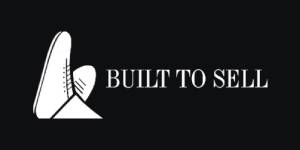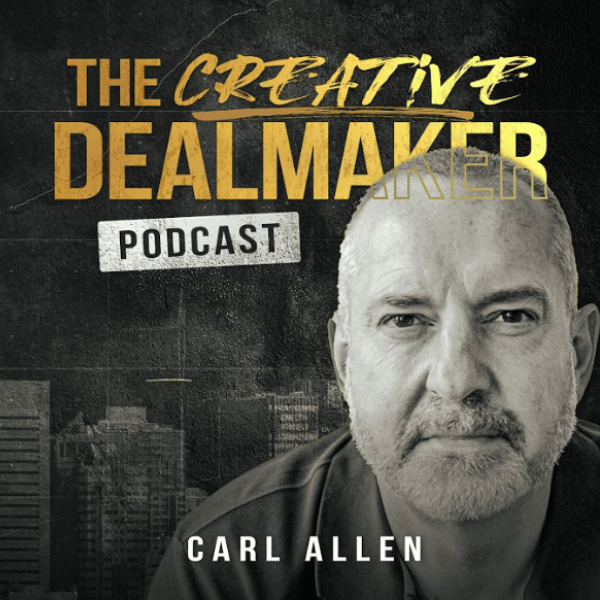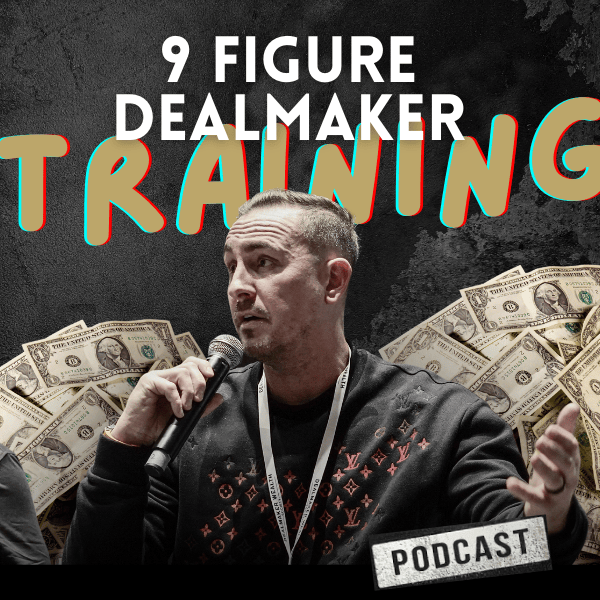5 Components for Creating a Killer Offer (Part 1)
5 Components for Creating a Killer Offer (Part 1)

Happy New Year! This is going to be a great one for us dealmakers — the best in 50 years, mark my words.
To start things right, we’re kicking the year off with an entire week dedicated to properly valuing and structuring a small business acquisition deal.
So let’s get on with it…
You’ve found a business to buy, met the seller, received the relevant financial information… and now it’s time to value the business and structure a reasonable offer.
There are FIVE key variables that will make up the written offer you send to the seller. They are:
- The agreed profit number (adjusted, normalized EBITDA)
- The profit multiple
- Adjustments (surplus cash and inherited debt)
- Structure of the deal (closing payment, seller financing and earn outs)
- NWC (net working capital to be inherited at closing).
Let’s run through them in detail. I’ll cover the first two today and the final three tomorrow.
1. The agreed profit number (adjusted, normalized EBITDA)
The vast majority of deals are valued on a multiple of profit. For profit, we use the term EBITDA, or earnings before interest, tax, depreciation and amortization.
EBITDA is a standard used globally. Your first step in any offer is to agree on what that actual profit number is since it will be affected by add-backs.
Add-backs are a way to “normalize” the profitability. In other words, what the profit number will be once the seller is removed from the business.
Why is that? The biggest add back is owner’s compensation.
Say the owner is taking $300K out of the business in salary. When you replace them with yourself or a GM, the cost should be less, say $100K per year. The $200K difference would be a legitimate INCREASE to EBITDA.
If the owner’s spouse is employed by the business and they are also exiting (which is typically the case), it would be a 100% add-back assuming that person doesn’t need to be replaced.
This can also go the other way. If the seller takes no salary and is only paid through distributions on taxed profits, then the EBITDA needs to be DECREASED by the cost of hiring a GM.
Most other add-back requests are typically bogus — bad debts, one-off marketing expenses, etc. — so make sure you reject them.
In addition to add-backs, when agreeing to the profit number you should also factor the the past three-year average EBITDA. (Though you can do it over a longer period, I always only consider three years.)
If profits have been increasing, you should definitely use the average. But if profits have been decreasing, you should only use the current number.
Your due diligence must then uncover WHY profits have fallen, and leave you convinced a) you can turn them around or b) they are poised to come back on their own based on the dynamics of the particular business or sector.
Let’s run through a quick example. Assume in 2020, your target company’s adjusted EBITDA was:
Revenues = $2,000,000
EBITDA = $200,000 (10% margin)
Owner’s Surplus Salary = $200,000
Adjusted EBITDA = $400,000
And over the past three years, the adjusted EBITDA numbers were:
2018 — $200,000
2019 — $300,000
2020 — $400,000 (as above)
Since the three-year average is $300K, that should be used as the normalized, agreed profit number to serve as the basis for your valuation.
2. Profit multiple
Once you have an agreed, normalized average profit number, you need to determine a fair multiple to calculate the value of the business.
TONS of things impact a multiple — the business’s size, barriers to entry, sector, age, sophistication, etc. Start with the industry average and use your gut on the quality of the business.
For small, private businesses in westernized countries, the average EBITDA multiple is 2.5X–3X for businesses with annual revenue of $1–$5 million. (Manufacturing is generally lower at 2X–2.5X while tech can be much higher at 4X–5X+.)
Let’s say our business in this example is a tech company and we apply a 4X multiple. Your next calculation will be to determine enterprise value (EV), the value of the BUSINESS not the shares — that comes next.
So our enterprise value is:
Agreed Profit = $300,000
Multiple = 4X
EV = $1,200,000
Now that you have a comfortable EV, you’ll need to convert it into a 100% equity valuation. That’s where we’ll pick up on Wednesday, so keep an eye on your inbox!
Until then, bye for now.
















